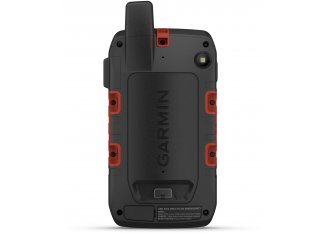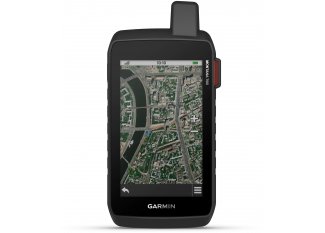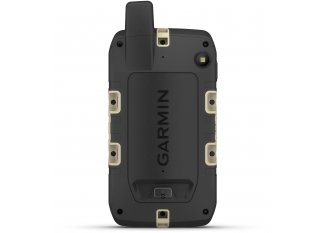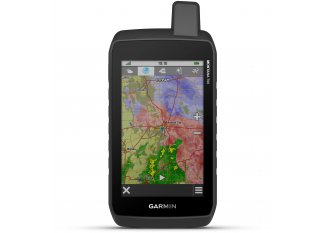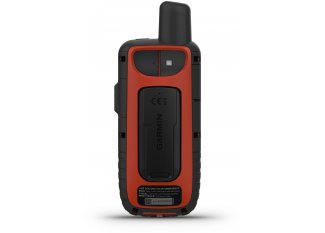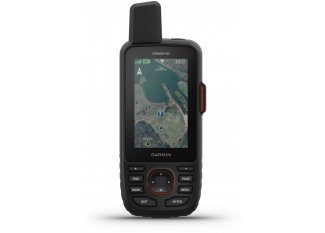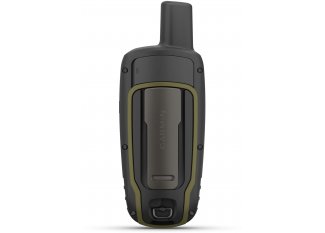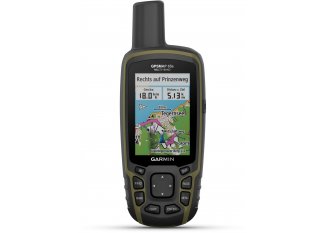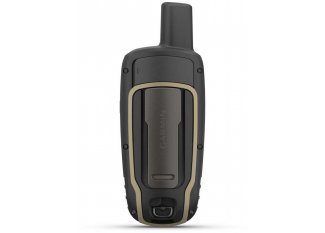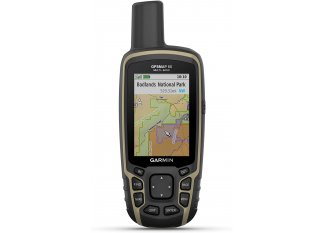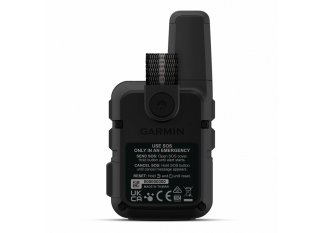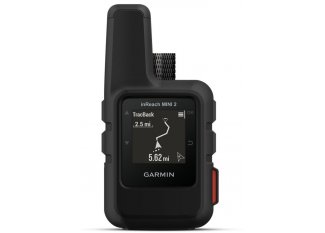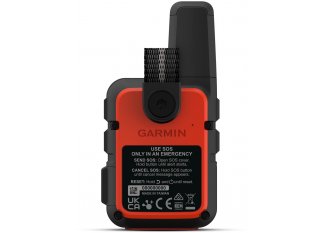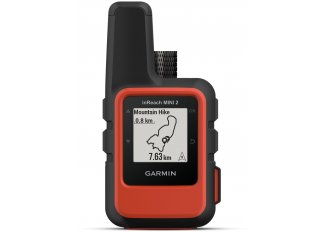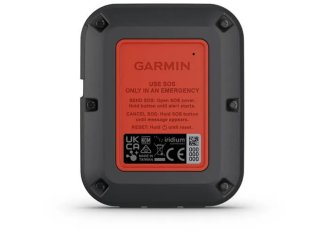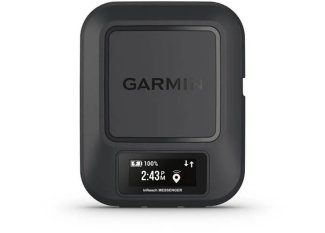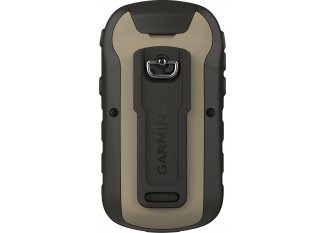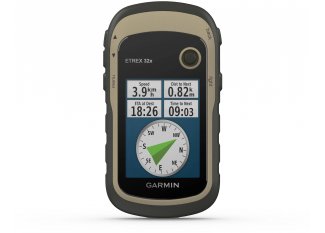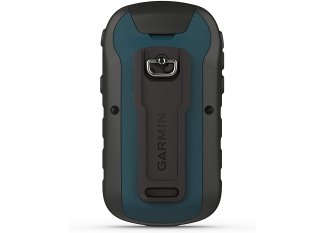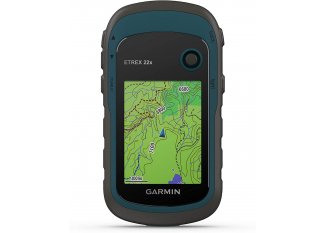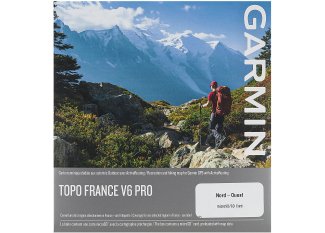A hiking GPS is an essential accessory for hikers looking to venture into unknown territories and explore new landscapes. Whether for a beginner or an experienced hiker, a hiking GPS can help navigate safely and orient oneself in natural surroundings.
Hiking GPS devices are designed to provide precise location accuracy and reliable navigation, even in remote areas where cell phone signals may be weak or nonexistent. They come equipped with a variety of features to assist you in navigating, following pre-established routes, and recording your hiking journeys.
Discover hiking GPS on sale during i-Run's hiking sales. In our extensive hiking range, you can also find hiking shoes for men and women.
Factors to consider before choosing a hiking GPS
When choosing a hiking GPS, several factors need to be considered. Here are some important elements to think about before purchasing a hiking GPS:
Location accuracy
Location accuracy is a crucial element for a hiking GPS. Modern hiking GPS devices use a combination of GPS and GLONASS signals to provide precise location.
Mapping
A good hiking GPS should have clear and detailed mapping to aid in navigation. Some maps can be downloaded for free, while others can be purchased separately.
Battery life
It's important to choose a hiking GPS with a battery life that suits the hiker's needs. Battery life varies depending on use and brand.
Water and dust resistance
Hiking can get messy, so choosing a water and dust-resistant hiking GPS is important.
Size and weight
The hiking GPS should be compact and light enough for easy transport. However, this can vary according to personal preference.
Most sought-after features in hiking GPS
Hiking GPS devices come with many features that can aid in navigation and planning hikes. Here are some of the most common features of hiking GPS devices:
Mapping
Mapping is one of the most important features of a hiking GPS. Maps show the exact position, route, and points of interest nearby.
Route tracking
Route tracking follows a pre-established route. The hiking GPS guides you along the route and alerts you if you deviate from it.
Waypoint markers
Waypoint markers allow you to mark specific places on the map. This can be useful for marking a camping spot, lunch spot, or a panoramic view.
Trail recording
This feature allows you to record the route while walking. You can then follow the same route in the future or share it with other hikers.
Altimeter
An altimeter measures the altitude of a position. It tracks ascents and descents and can also estimate the duration of the hike.
Compass
An integrated compass is useful for orienting when the GPS battery dies or when the signal is weak.
Connectivity
Some hiking GPS devices have Bluetooth or Wi-Fi connectivity to download additional maps, software updates, or to sync the device with a smartphone app.
Bright screen
A bright, easy-to-read screen is essential for outdoor use.
Hiking GPS can be used for a variety of outdoor activities, including walking, trekking, and trail running. They can also be useful for more extreme outdoor activities like mountaineering, ice hiking, and mountain hiking.
When using a hiking GPS, it's important to remember that it does not replace traditional navigation skills, such as using a map and compass. Hiking GPS devices are a valuable aid for navigation, but it's always important to know how to use a map and compass in case of GPS failure or battery drain.
In summary, hiking GPS devices are useful tools for hikers of all levels. They offer precise location accuracy and reliable navigation, as well as a variety of features to help you plan and record your hikes.
Before purchasing a hiking GPS, it's important to consider location accuracy, mapping, battery life, water and dust resistance, and size and weight. With the right navigation skills and a reliable hiking GPS, you can enjoy hiking safely and confidently.
